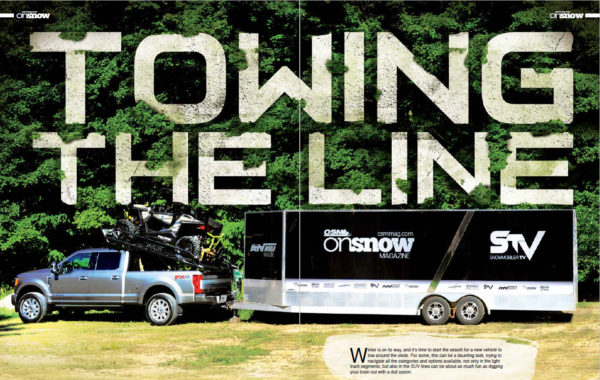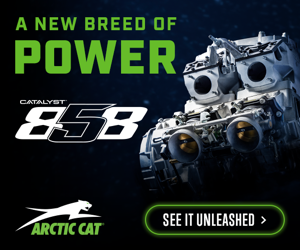Winter is on its way, and it’s come time to start the search for a new vehicle to tow around the sleds. For some, this can be a daunting task, trying to navigate all the categories and options available not only in the light truck segments, but also in the SUV lines can be about as fun a digging your brain out with a dull spoon.
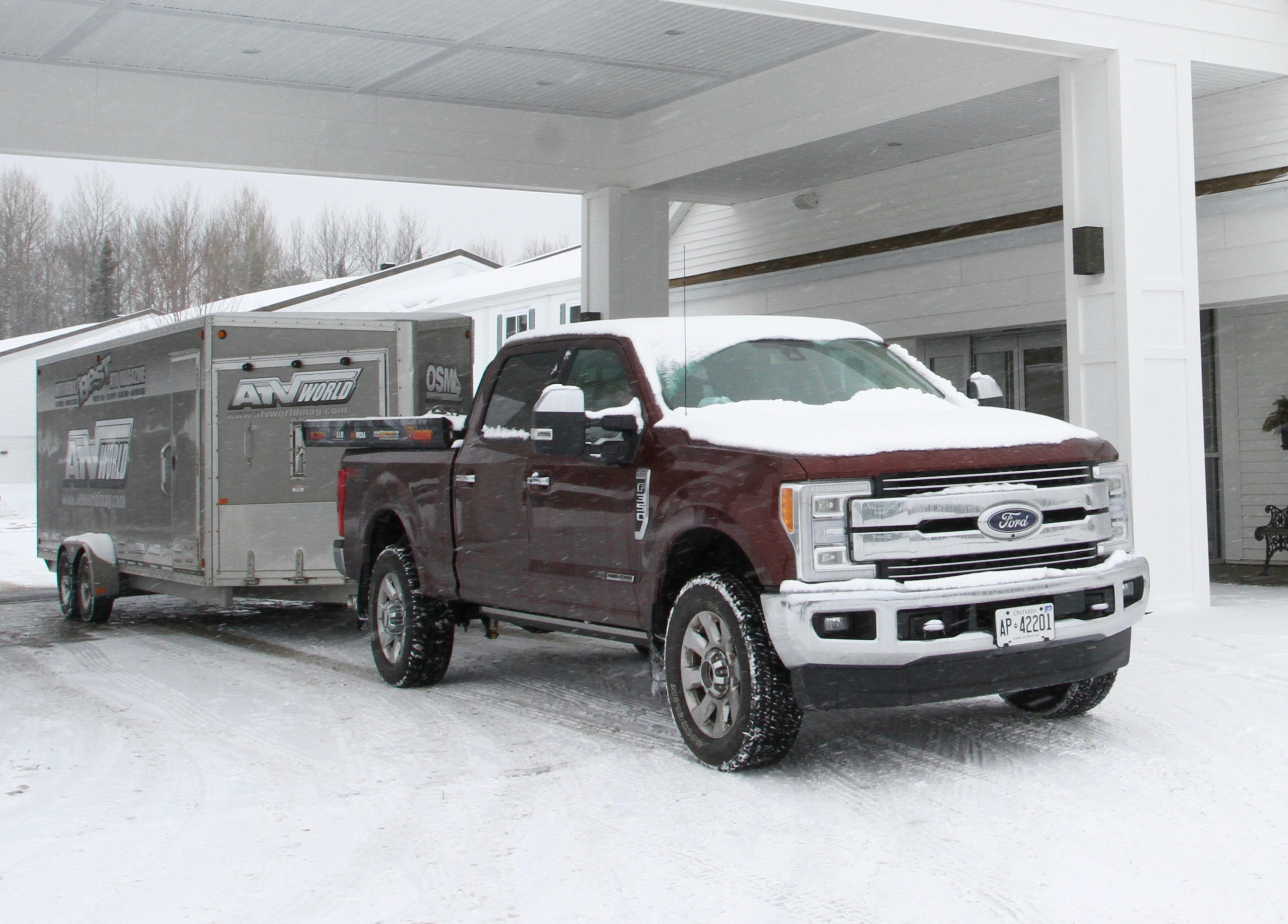
Relying on fast talking dealership sales staff may also prove be unreliable. Talking to the “Truck Guy” (who probably drove to the lot in an EV) who may be able to recite sales brochures off the top of his head, probably doesn’t fully understand what you need in a wintertime tow vehicle. Without being prepared by knowing your numbers before you hit the lots is a sure way to drive home in something that drives well, but scared the life out of you when you finally hit the road with a wagon.
Looking across brands and vehicle segments, there is an endless amount of new features and options that are geared towards recreational towing. Features like integrated brake controllers, backup cameras that take into account your trailer, even intelligent reversing systems that can backup your trailer for you can be handy features, but can also mislead you from making the best buying decisions.
Many of these features may or may not fit within your budget, as many seem to be only available within luxury groups. However, these things shouldn’t matter for when it comes down to making your core vehicle choice.
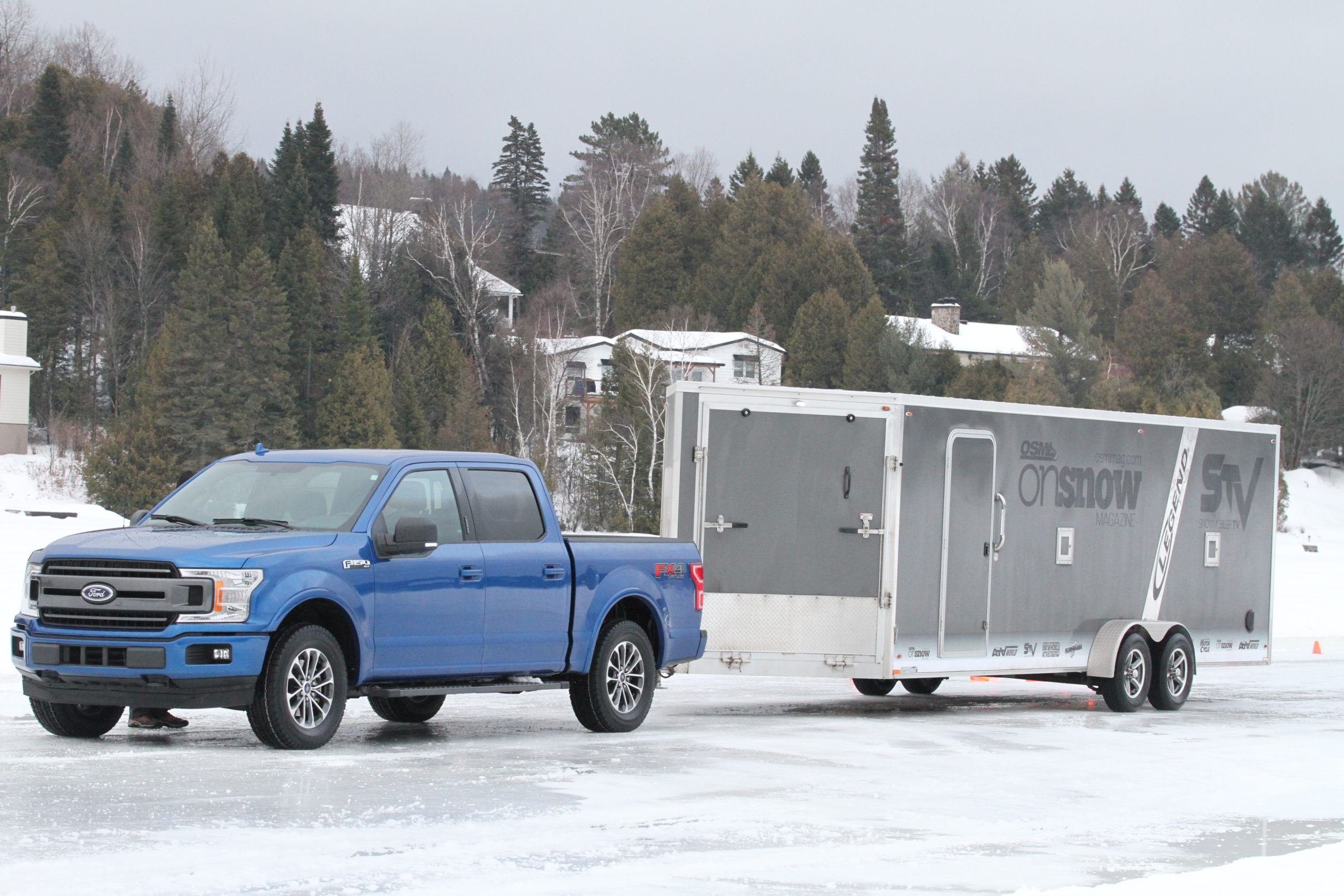
Without sounding like I’m stating the obvious with another Tow Vehicle article, I wanted to hopefully give you some sound advice based on my trailer towing experience with all types of vehicles in all types of weather. I’ve been lucky enough to tow practically everything from single axle utility trailers behind small SUVs all the way up to 53’ transport trailers behind semi trucks. I’m not a professional driver making my living OTR, but I do have a decent amount of experience and I’m a snowmobiler so I hope I can in some way can give you some advice in choosing the right tow vehicle. Or at least one capable of doing the job.
To keep things simple, you need to know 3 things, the total weight of the tow vehicle and its load, the total weight of the trailer and its load, and the maximum combination (truck and trailer) weight limit of the tow vehicle as specified by the manufacturer.
When out shopping, its easy to get bogged down in Maximum Payloads, Maximum Towing Numbers, Gross Vehicle Weight Ratings, and Gross Combination Weight Ratings. Not to mention how these numbers can change between sub models within a vehicle family. Compounded all these numbers with a sales agent itching to move a stale vehicle off the lot, and it would be easy to find yourself in the wrong vehicle platform.
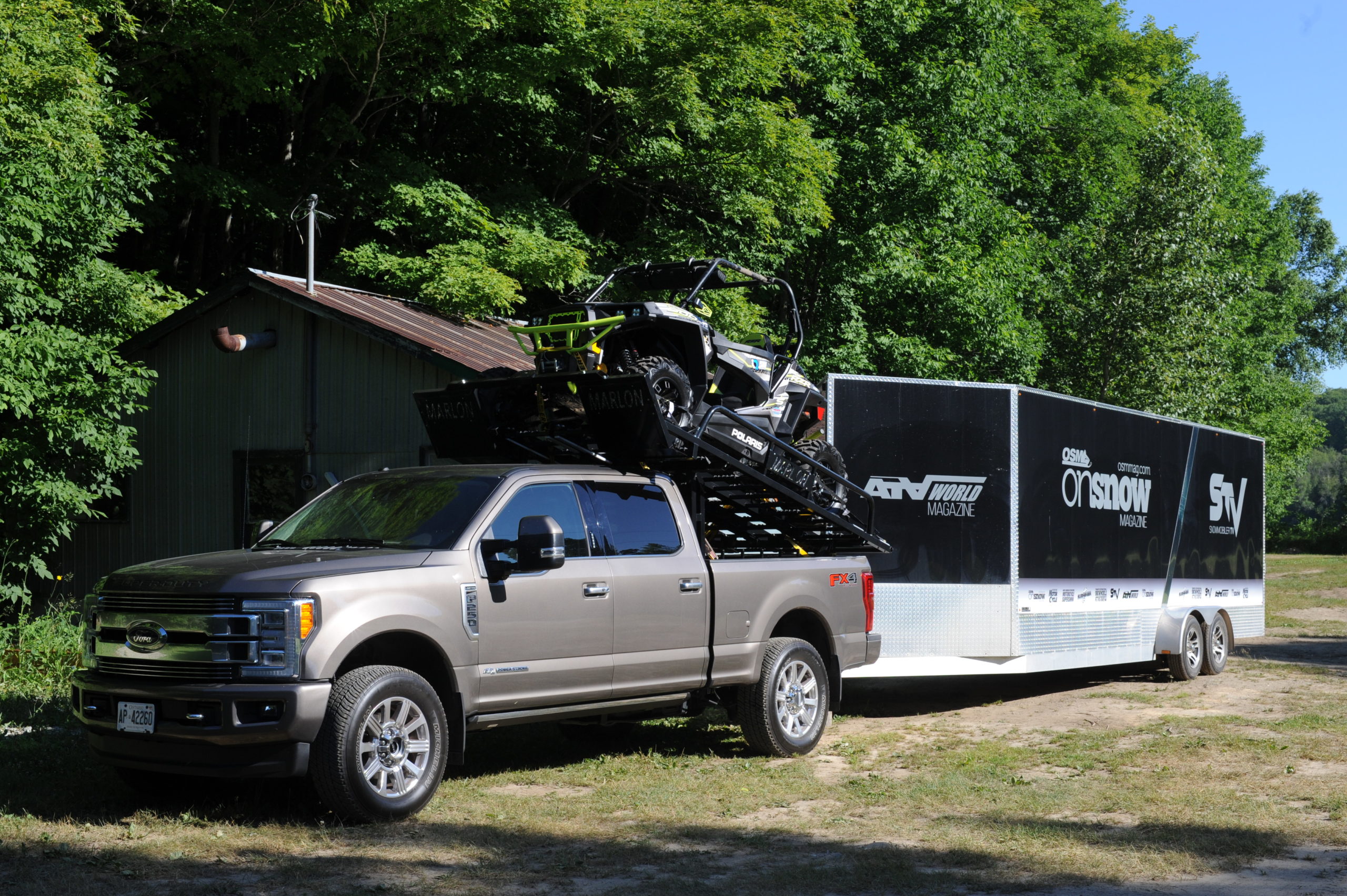
Getting started, you have to know the weight numbers of what you are going to carry. Beginning with the trailer you already have, or one you may be buying, take a look at VIN plate that’s usually located somewhere around the front left side of the unit. It should give you a Gross Vehicle Weight Rating (GVWR). This number is the maximum weight capacity the of the trailer that includes the weight of the trailer AND the load. I would suggest making the assumption the trailer is always fully loaded and use that number when calculating the combination weight for the truck and trailer.
Figuring out the total load on the tow vehicle is a little more difficult then the trailer. Setting up a bit a load list of everything loaded into or onto your tow vehicle can be a good place to start. Stuff on the list should include all the potential passengers, all your overnight baggage and snowmobile gear, spare fuel/oil, tools, miscellaneous load items, any special equipment like generators, the tongue weight of the trailer, and/or if you are in the pick-up truck market and plan on loading an extra sled in the box of a truck or install a sled deck. Some of these items like extra fuel or baggage may be carried in the trailer and you can adjust your list accordingly.
In addition to payload, you also need to know what the vehicle weighs all on its own. This is sometimes referred to a curb weight and can change wildly with vehicle options and layouts. Adding everything up, making sure neither the tow vehicle or the trailer are overloaded, should give you the total weight of your combination going down the road. This in my opinion is the most important number to know and shouldn’t exceed the Gross Combination Weight Rating (GCWR) of your tow vehicle.
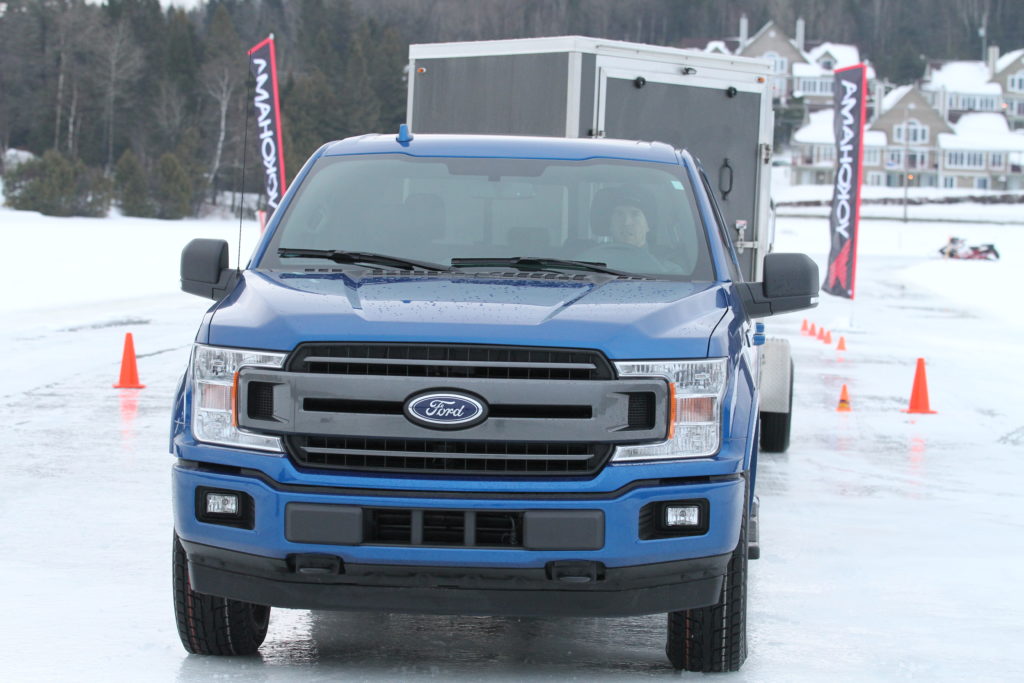
Now… here is where trailering experience kicks in. Even if your loaded numbers don’t exceed the GCWR, I believe you don’t want to be pushing their limits either. Trailering/towing at the maximum ratings is a sure way to induce a drive experience that will exercise your butt muscles. Add in bad weather and the fact that when we have our sleds loaded up we are often in for long road trips into more remote areas and roads, there is just no margin for error.
I wish I could give you a numerical value to put a percentage on how much you want the GCWR to exceed your load, but I can’t. Even here, variables like how often you tow, distance you expect to go, and the speed at which you like to travel come into effect. If you only plan on only one road trip a year, getting close to the maximums may be acceptable. However, if you are like me and expect to spend a good portion of the time driving with a trailer hooked up, a little more capacity can make time at the wheel a lot less stressful.
I’m not suggesting here that everyone should class up to 1 ton dual wheel pickups to tow 2-place enclosed trailers. But, if you find yourself right at the top of capabilities of the ½ ton pickup class, maybe option-out of the heated steering wheel package to free up budget to bring home a ¾ ton truck. In the long run you will be happy you did.
Going into the dealership knowing your weights, and how much time you expect to spend trailering will ensure you choose the correct class of vehicle that’s right for you. From that point, you can start thinking about option packages and luxury trailering features. My dad always used the saying, “the tail doesn’t wag the dog”. Choosing the right tow vehicle will make sure that doesn’t happen.




